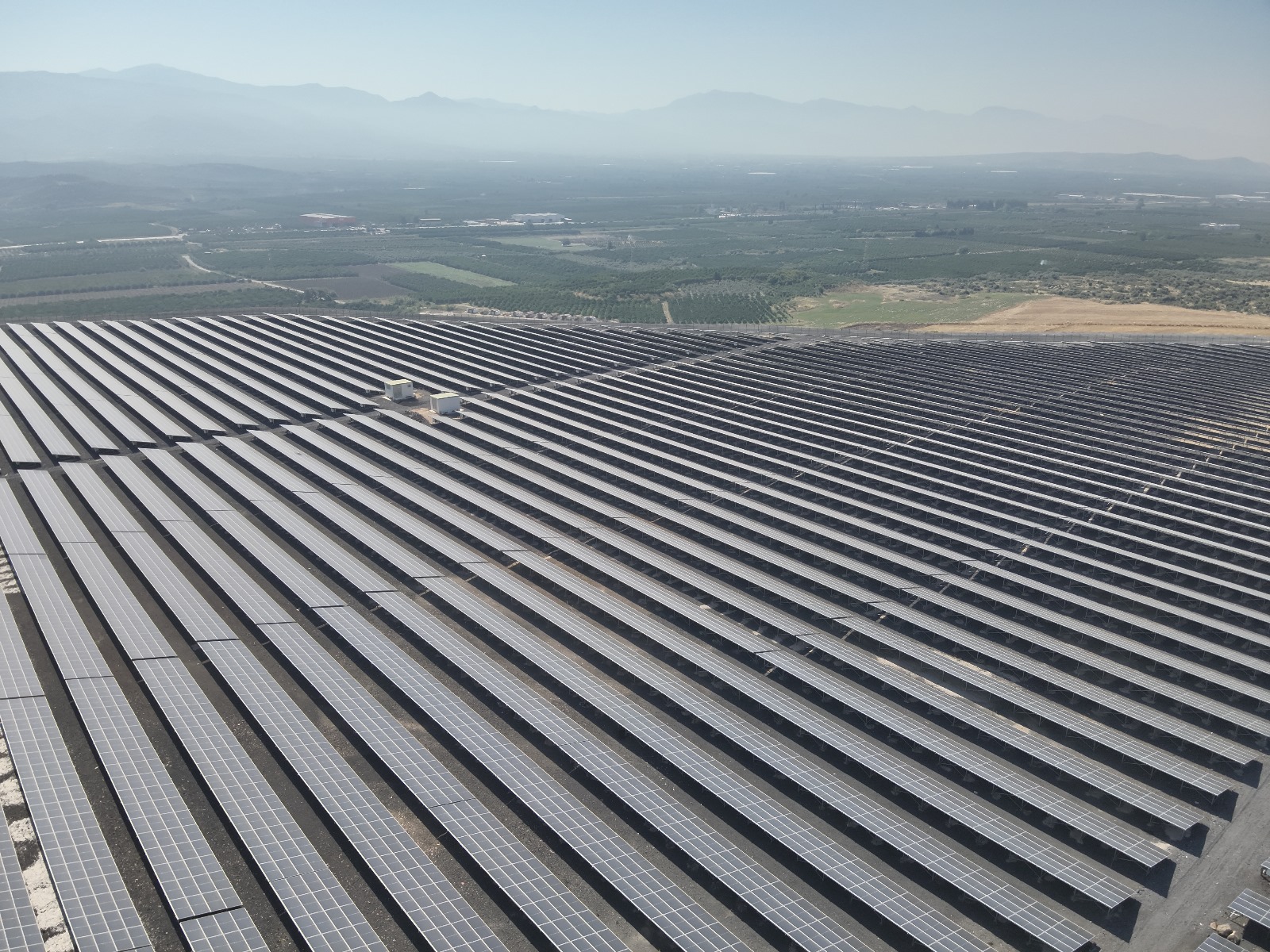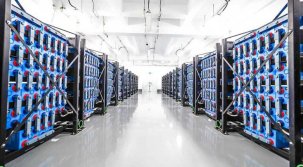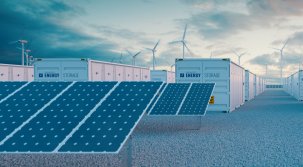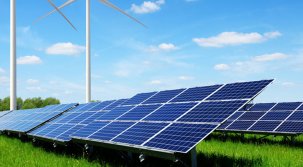The energy world has recently witnessed rising commodity and energy prices, alo ...
Technical Information

What are Distributed Systems?
In the context of Solar Energy Systems (GES), distributed systems refer to decentralized, small-scale, and locally operating solar energy systems in energy production. These systems typically work as follows:
Small-Scale Production Units: Unlike large power plants, distributed solar energy systems consist of solar panels installed on individual building roofs, small plots of land, or residential housing projects. They are typically sized from a few kilowatts (kW) to a few hundred kilowatts.
Local Consumption: These systems generally use the energy they produce immediately at the location where they are installed. In other words, energy production and consumption occur at the local level. If there is excess energy after meeting the local energy needs, this energy is typically fed into the local electricity grid or stored.
Grid Connection: Distributed solar energy systems can be connected to the electricity grid. In this case, excess energy produced is fed into the grid, and typically, an incentive or payment is made for this energy. Also, thanks to the grid connection, energy can be drawn from the grid when needed.
Off-Grid: Some distributed systems can operate independently from the grid. These systems, often combined with energy storage solutions (e.g., batteries), can meet their entire energy demand autonomously. Such systems are usually preferred in remote areas or locations with a continuous need for energy.
Flexibility and Resilience: Thanks to the decentralized structure of energy production, distributed solar energy systems offer greater flexibility and resilience in the energy supply. Producing energy at various points creates a more robust structure against power outages.
Environmental and Economic Benefits: Distributed systems can reduce energy transmission losses, enhance local energy security, and minimize environmental impacts. Additionally, they can contribute to local economies and provide energy independence at the community level.
In summary, distributed systems produce solar energy on a smaller and local scale, offering an alternative to centralized energy production systems and providing various advantages.




